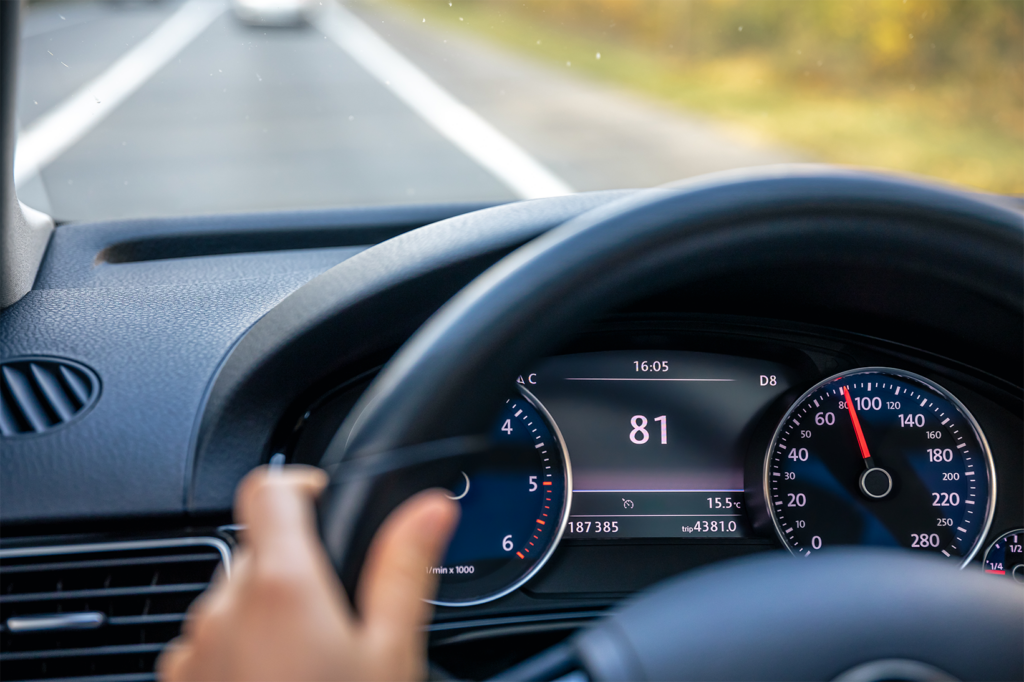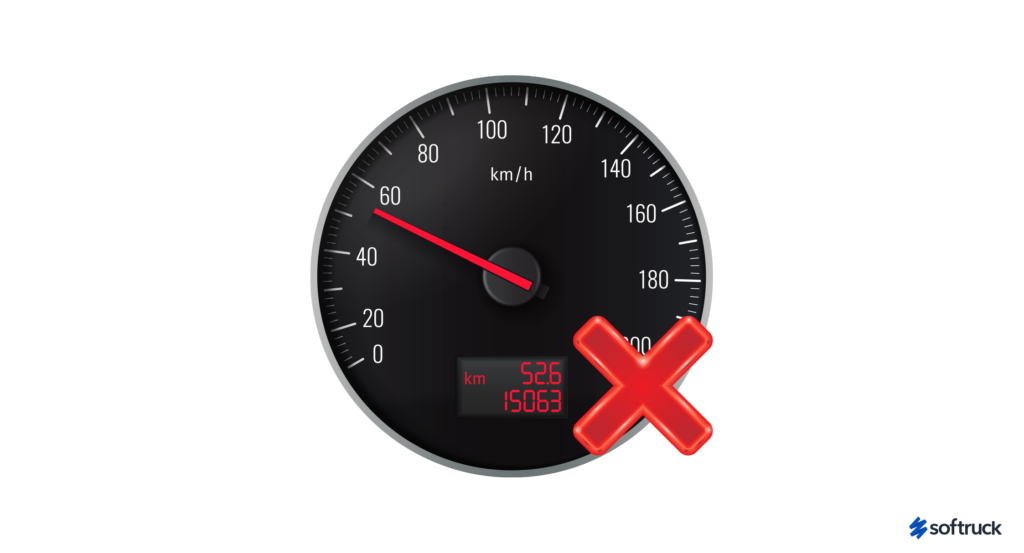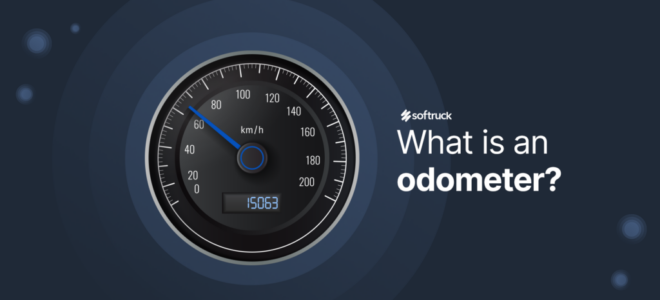Odometer (hodometer) what is it? Everything you need to know about this device.
Have you ever wondered what an odometer is, or perhaps you’ve heard of it as a hodometer? This device, often present on car dashboards, plays a fundamental role in the driving and vehicle maintenance experience.
In this text, we’ll explore more about the odometer, from its traditional forms to the most advanced ones, and how it works to provide valuable information to drivers.
What is an odometer?
An odometer, also known as a hodometer, is a device found in virtually all motorized vehicles, including cars, motorcycles, trucks, and even bicycles. Its main purpose is to record the distance traveled by the vehicle over time.
This data is essential for a variety of purposes, from monitoring the vehicle’s performance to estimating the lifespan of its components.
The odometer of a vehicle is an essential component of the instrument panel, providing the driver with crucial information about the distance traveled since the vehicle was manufactured.
This data is crucial for individuals who own a car, as well as for vehicle tracking and protection companies, responsible for multiple vehicles in a fleet, not only for monitoring vehicle performance but also for scheduling maintenance, planning trips and deliveries, fuel consumption, among others.

How does an odometer work?
The operation of an odometer can vary slightly depending on the type (analog or digital), but in essence, it operates through sensors installed in the vehicle’s wheels. These sensors detect the rotation of the wheels and, based on this information, calculate the distance traveled accurately.
Odometer or Hodometer: What is the correct way to write it?
Both odometer and hodometer refer to the same device – an instrument that measures the distance traveled by a vehicle. Although “hodometer” is the most commonly used term in automotive contexts, both describe the same essential function and can be used, grammatically speaking, for the same purpose.
Types of Odometers: Analog vs. Digital
Odometers, in their initial conception, were predominantly analog, with mechanical displays indicating the distance traveled in kilometers or miles.
However, with the advancement of technology, digital odometers have become increasingly common.
In addition to offering greater precision, digital odometers can include additional features, such as trip logs and fuel efficiency calculations.

Total Odometer: Recording the Vehicle’s Journey
The total odometer is like the “life story” of the vehicle. It records the total mileage from the moment the vehicle leaves the production line to the present moment.
This data is valuable for owners and buyers of used cars, as it provides insights into the vehicle’s history and condition.
What is a partial odometer?
In addition to the total odometer, which records the total mileage of the vehicle since its manufacture, many modern vehicles are equipped with a partial odometer. This feature allows drivers to track the distance traveled on specific trips or within certain time intervals.
This can be particularly useful for calculating fuel consumption or monitoring the lifespan of certain vehicle components.
On the Softruck platform, we facilitate this type of analysis for all vehicles in your fleet, offering an infinite history of the routes traveled by cars, as well as average speed, maximum speed, fuel consumption, and much more.

Did the digital odometer stop working?
If the odometer of your vehicle stops working, it is important to address the issue properly to ensure that you can continue monitoring mileage accurately and resolve any underlying issues. Here are some steps you can take:
- Check Fuses and Electrical Connections:
- In many cases, a odometer that has stopped working may be due to a blown fuse or a loose electrical connection. Check the owner’s manual to identify the location of the odometer fuse and make sure it is intact. Additionally, inspect the electrical connections behind the instrument panel to ensure they are tight and in good condition.
- Check Vehicle Speed:
- If the speedometer is also inoperative, there may be an issue with the vehicle’s speed sensor. This sensor is responsible for sending signals to both the odometer and the speedometer. A qualified mechanic can diagnose and replace the sensor if necessary.
- Replace the Odometer Sensor:
- If only the odometer is inoperative, it may be a specific issue with the odometer sensor. This sensor is responsible for monitoring wheel rotation and sending signals to the odometer to calculate the distance traveled. A mechanic can check the sensor and replace it if necessary.
- Consider Professional Repair:
- If you do not feel comfortable addressing the problem yourself, it is advisable to take the vehicle to a qualified mechanic or a workshop specializing in automotive electronics. They have the knowledge and tools necessary to diagnose and repair the problem properly.
- Keep Mileage Records Manually:
- While the odometer is inoperative, it is important to maintain accurate records of mileage manually. You can do this by noting the mileage at the time of refueling or using mileage logging apps available for smartphones.
- Schedule a Vehicle Inspection:
- If the odometer remains inoperative for an extended period of time, schedule a vehicle inspection with the appropriate authorities to ensure that your vehicle meets legal registration and safety requirements.

In conclusion, the odometer, or hodometer, is much more than a simple distance marker. It is an essential tool for drivers and vehicle owners, providing vital information for maintenance, trip planning, and performance evaluation. Whether analog or digital, the odometer continues to play a crucial role in the modern automotive world.

